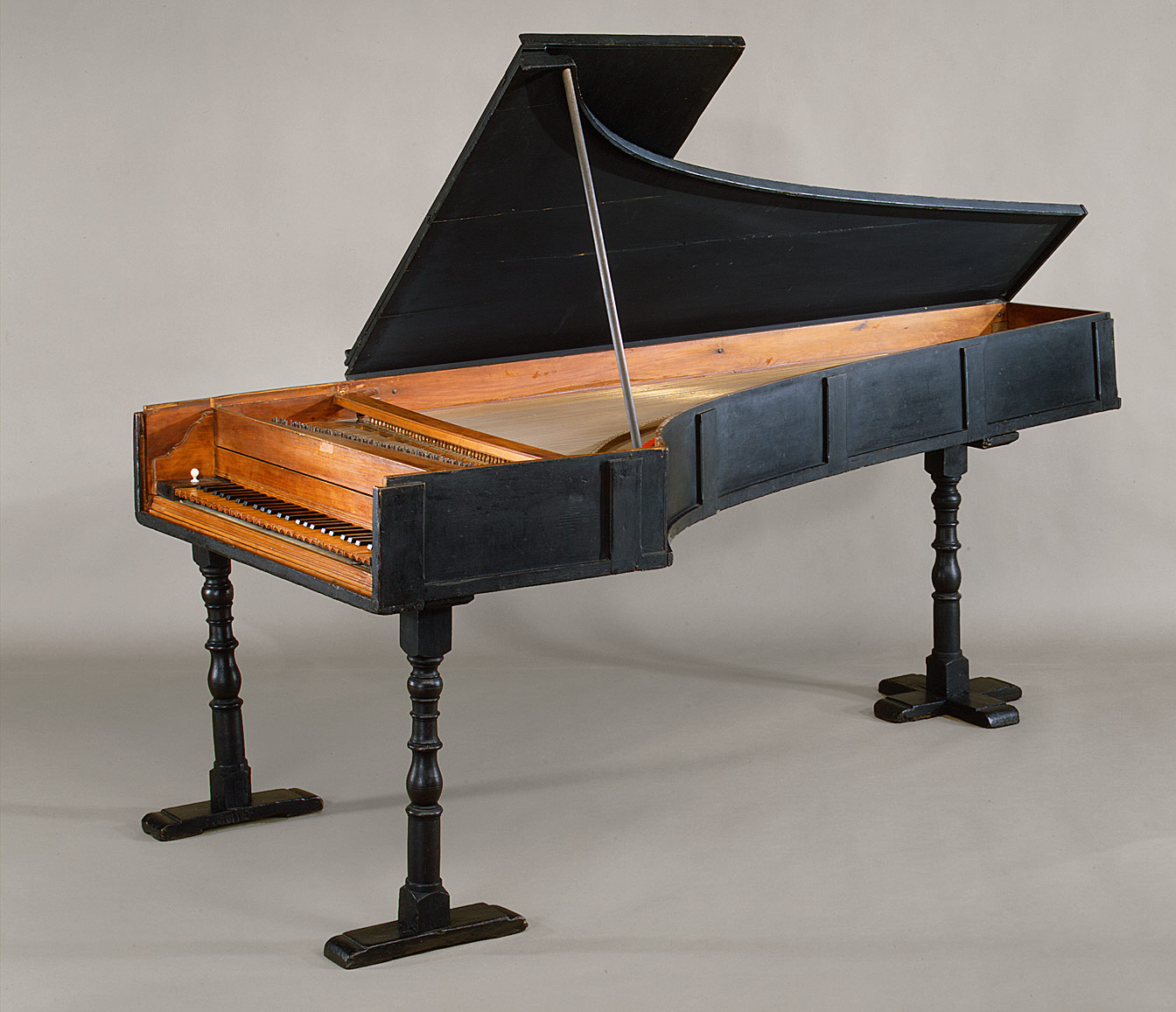 |
| A Cristofori piano at the Metropolitan Museum of Art in New York. |
While the clavichord allowed expressive control of volume and sustain, it was too quiet for large performances. The harpsichord produced a sufficiently loud sound, but offered little expressive control over each note. The piano offered the best of both, combining loudness with dynamic control.Although we are taught throughout engineering, design, economics, and business courses that good solutions create trade-offs, the invention of the piano shows us that great solutions break trade-offs.
We discuss the topic in greater detail in the Prologue of Scalable Innovation. Some of the invention techniques for breaking trade-offs and dilemmas can also be found in my blog.
tags: trade-off, invention, innovation, art
No comments:
Post a Comment